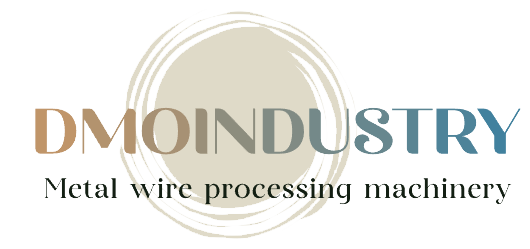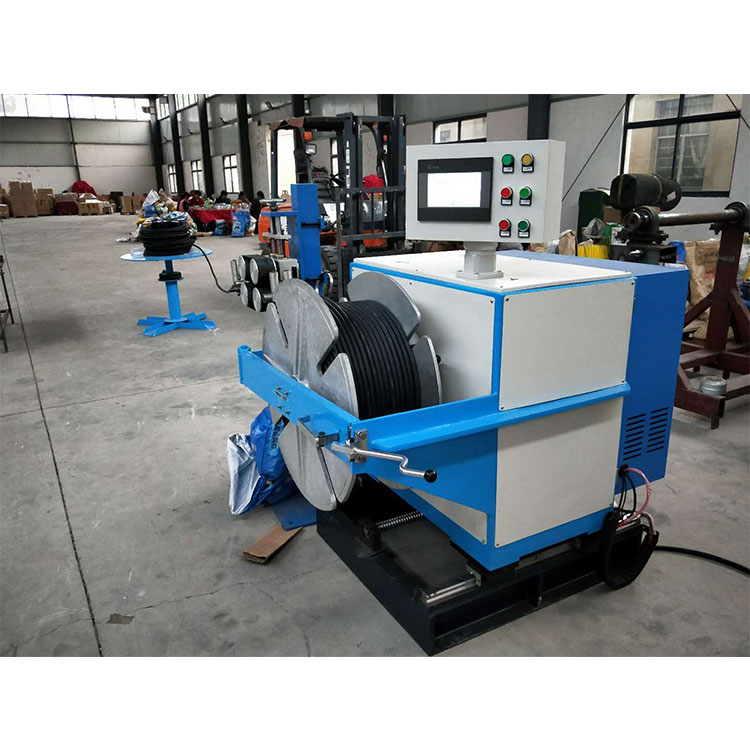Table of Contents
Future Trends And Innovations In Programmable Traverse Drive Unit Technology
In The World Of Manufacturing And Automation, The Programmable Smooth Shaft Traverse Unit Is A Critical Component That Plays A Key Role In Ensuring Smooth And Precise Movement Of Materials And Products Along A Production Line. This Technology Has Been Around For Decades, But Recent Advancements In Programmable Logic Controllers (PLCs) And Servo Motors Have Led To Significant Improvements In The Performance And Capabilities Of Traverse Drive Units.

One Of The Most Exciting Trends In Programmable Smooth Shaft Unit Technology Is The Integration Of Advanced Motion Control Algorithms That Allow For More Precise And Efficient Movement Of Materials. These Algorithms Take Into Account Factors Such As Acceleration, Deceleration, And Jerk (The Rate Of Change Of Acceleration) To Optimize The Performance Of The Drive Unit And Minimize Wear And Tear On The Machinery. This Results In Smoother Operation, Reduced Downtime, And Increased Productivity For Manufacturers.
Another Key Trend In Programmable Traverse Drive Unit Technology Is The Use Of Predictive Maintenance Techniques To Monitor The Health Of The Drive Unit And Anticipate Potential Issues Before They Occur. By Analyzing Data From Sensors And Monitoring The Performance Of The Drive Unit In Real-Time, Manufacturers Can Identify Signs Of Wear And Tear Or Other Issues That Could Lead To Breakdowns Or Malfunctions. This Proactive Approach To Maintenance Helps To Prevent Costly Downtime And Repairs, Ensuring That Production Lines Can Continue To Operate Smoothly And Efficiently.
Advancements In Connectivity And Communication Technology Have Also Had A Significant Impact On Programmable Traverse Drive Units. The Ability To Connect Drive Units To A Network Or The Cloud Allows For Remote Monitoring And Control, Giving Manufacturers Greater Flexibility And Visibility Into Their Operations. This Connectivity Also Enables The Integration Of Drive Units With Other Systems And Devices, Such As Robotic Arms Or Conveyor Belts, To Create A More Seamless And Efficient Production Process.
As The Demand For Customization And Flexibility In Manufacturing Continues To Grow, Programmable Traverse Drive Units Are Being Designed With Greater Versatility And Adaptability In Mind. Manufacturers Are Looking For Drive Units That Can Easily Be Reprogrammed Or Reconfigured To Accommodate Changes In Production Requirements Or New Product Designs. This Flexibility Allows For Faster Setup Times, Reduced Downtime, And Increased Efficiency In Manufacturing Operations.

In Conclusion, The Future Of Programmable Traverse Drive Unit Technology Is Bright, With Advancements In Motion Control Algorithms, Predictive Maintenance Techniques, Connectivity, And Flexibility Driving Innovation In This Critical Component Of Automated Manufacturing Systems. By Leveraging These Trends And Incorporating The Latest Technologies Into Their Operations, Manufacturers Can Improve The Performance, Reliability, And Efficiency Of Their Production Lines, Ultimately Leading To Greater Success And Competitiveness In The Global Marketplace.
How To Optimize Performance Of Programmable Traverse Drive Unit
Programmable Rolling ring traverse drive Units Are Essential Components In Various Industrial Applications, Providing Precise Control Over The Movement Of Materials Along A Specified Path. These Units Are Commonly Used In Manufacturing Processes, Such As In The Textile Industry For Winding Yarn Onto Spools Or In The Automotive Industry For Positioning Components During Assembly. To Ensure Optimal Performance Of A Programmable Traverse Drive Unit, It Is Important To Understand Its Capabilities And How To Effectively Utilize Them.
One Key Factor In Optimizing The Performance Of A Programmable Traverse Drive Unit Is Understanding Its Programming Capabilities. These Units Are Typically Equipped With Software That Allows Users To Define The Desired Path Of Movement, Speed, Acceleration, And Other Parameters. By Carefully Programming These Settings, Users Can Ensure That The Drive Unit Operates Efficiently And Accurately.
When Programming A Traverse Drive Unit, It Is Important To Consider The Specific Requirements Of The Application. For Example, In A Textile Winding Process, The Drive Unit May Need To Move At A Constant Speed While Maintaining Tension On The Yarn. In An Assembly Line, The Drive Unit May Need To Accelerate Quickly To Position Components Accurately. By Tailoring The Programming To Meet These Requirements, Users Can Optimize The Performance Of The Drive Unit For Their Specific Application.

In Addition To Programming, Another Important Factor In Optimizing The Performance Of A Programmable Traverse Drive Unit Is Regular Maintenance And Calibration. Over Time, Components Such As Motors, Gears, And Sensors May Wear Out Or Become Misaligned, Leading To Decreased Performance And Accuracy. By Regularly Inspecting And Servicing These Components, Users Can Ensure That The Drive Unit Operates At Peak Efficiency.
Furthermore, It Is Important To Monitor The Performance Of The Drive Unit During Operation. Many Programmable Traverse Drive Units Are Equipped With Sensors That Can Provide Real-Time Feedback On Factors Such As Speed, Position, And Tension. By Monitoring This Data And Making Adjustments As Needed, Users Can Ensure That The Drive Unit Is Operating Within The Desired Parameters.
Another Key Aspect Of Optimizing The Performance Of A Programmable Traverse Drive Unit Is Ensuring Proper Integration With Other Components In The System. For Example, In A Manufacturing Process, The Drive Unit May Need To Communicate With Other Machines Or Controllers To Coordinate Movement And Timing. By Ensuring That These Components Are Properly Integrated And Synchronized, Users Can Maximize The Efficiency And Productivity Of The Entire System.
In Conclusion, Optimizing The Performance Of A Programmable Traverse Drive Unit Requires A Combination Of Careful Programming, Regular Maintenance, Monitoring, And Integration With Other Components. By Following These Guidelines, Users Can Ensure That Their Drive Unit Operates At Peak Efficiency And Accuracy, Leading To Improved Productivity And Quality In Their Industrial Applications.






